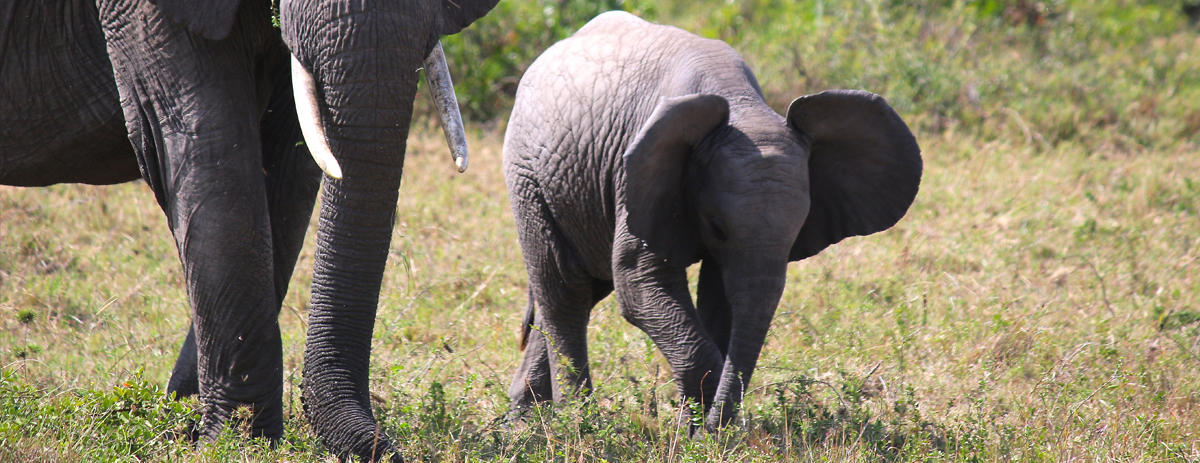The crack of a gun is the last sound heard by each of the roughly 27,000 elephants that are poached every year. Poachers get about $170 per kilo of elephant ivory, according to the Big Life Foundation, and the final black market value is $2,000 per kilo. So poachers are just as ready to use their guns on anyone trying to interfere in their very illegal — but also very lucrative — ivory harvesting.
That makes chasing elephant poachers even more dangerous and difficult than monitoring the dwindling wild elephant population. High target species, such as elephants, “are the most challenging to protect as poachers go to the most extreme lengths to kill them,” explains the International Anti-Poaching Foundation.
Crawling through thick vegetation and following footprints along narrow walking paths puts anti-poaching rangers at high risk of ambushes and firefights in which they are likely to be outgunned and outnumbered. An estimated 1,000 park rangers have been killed in the line of duty over the past 10 years, according to the Thin Green Line Foundation. Many of those deaths were attributed to poachers and militia groups.
Equally tragically, even when some poachers are caught, plenty of others are ready to join the malicious market for elephant ivory. The unending battle with poachers desperately needs new strategies and tools to help turn the tide.
With the battle raging on the ground, one strategy could be going high and turning to the sky — by using drones. Groups that are monitoring elephants and illegal ivory trade routes can fly drones to safely gather data — and help track and catch poachers before they kill more elephants.
Unmanned aerial systems (UAS) offer wildlife rangers vital eyes in the sky, while extending the range and speed of their operations. The high-performance FlightWave Edge™ UAS, for example, has been designed to withstand turbulent weather conditions and fly faster (100 km per hour), farther (up to 100 km) and longer (up to 120 minutes) than the average drone.
The Edge™ UAS’ resilient airframe and customizable payloads make it a highly adaptable tool for rangers, whether they’re on foot or in motorized conservation missions. It doesn’t require any burdensome ground equipment to operate — just an easy-to-use touchscreen LCD controller.
As elephant populations and their human protectors struggle for survival, emerging UAS technology like the Edge™ could mean an endangered elephant hears the soft whirr of a drone swooping in to scare off poachers, rather than the sickening final blast of a gunshot.
